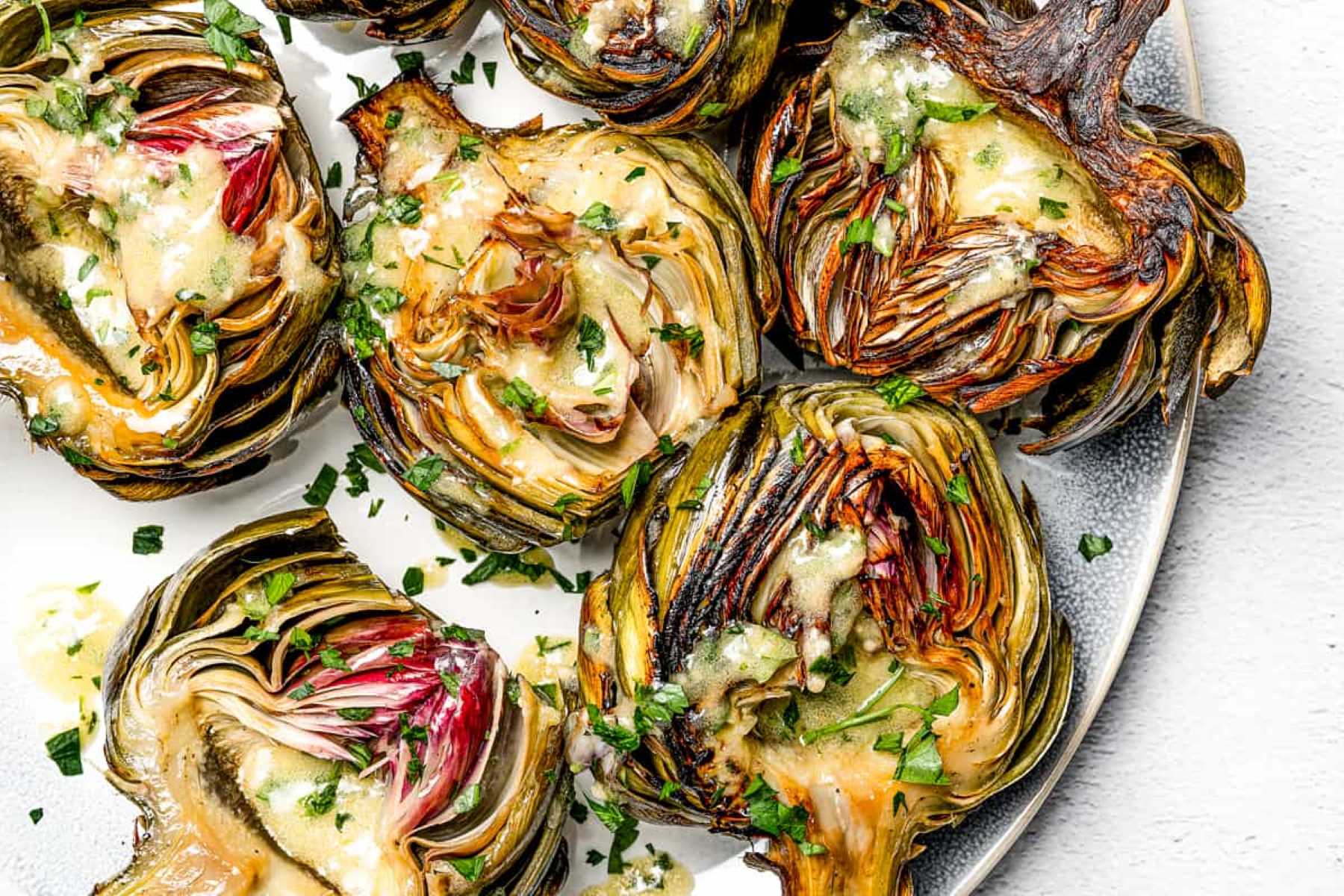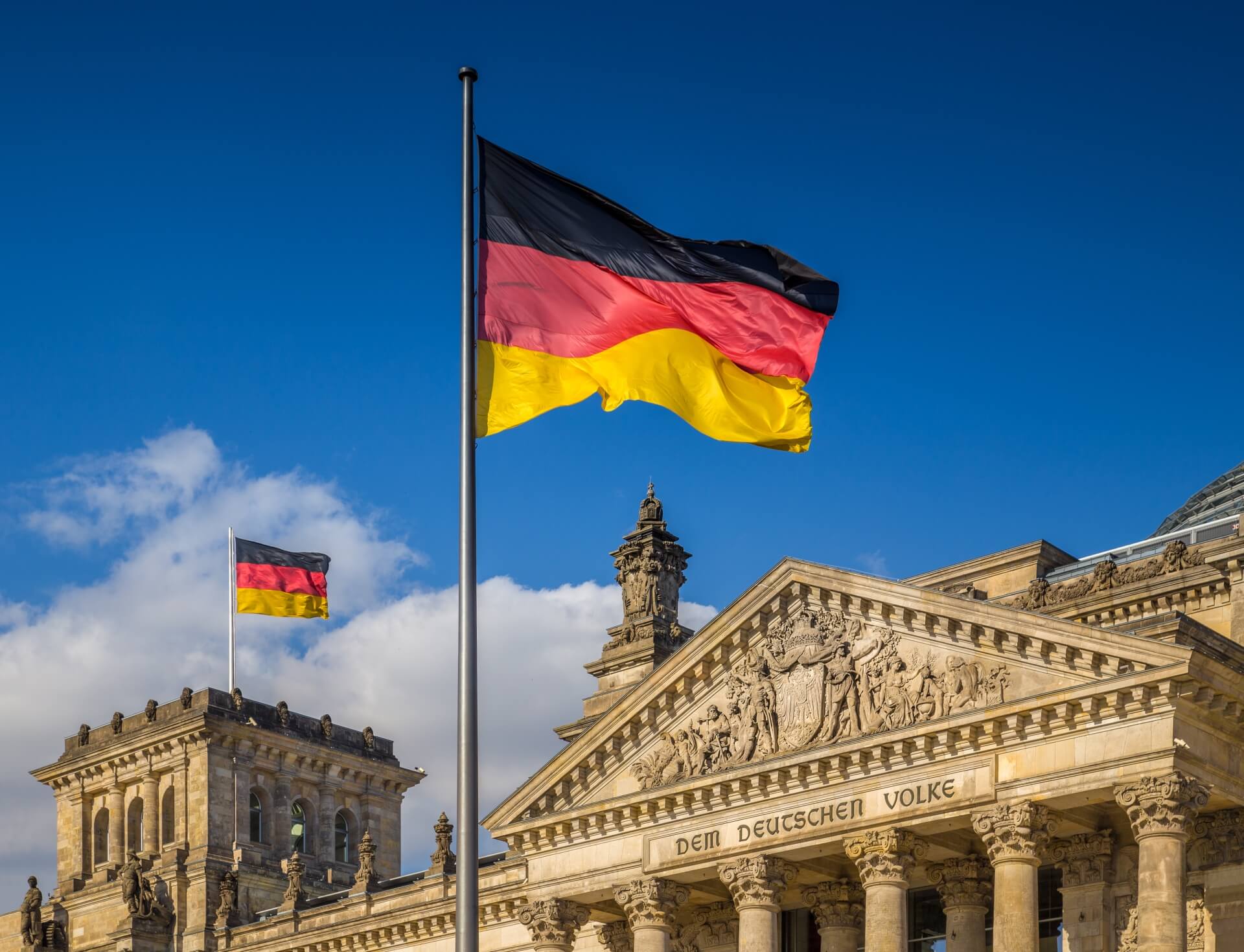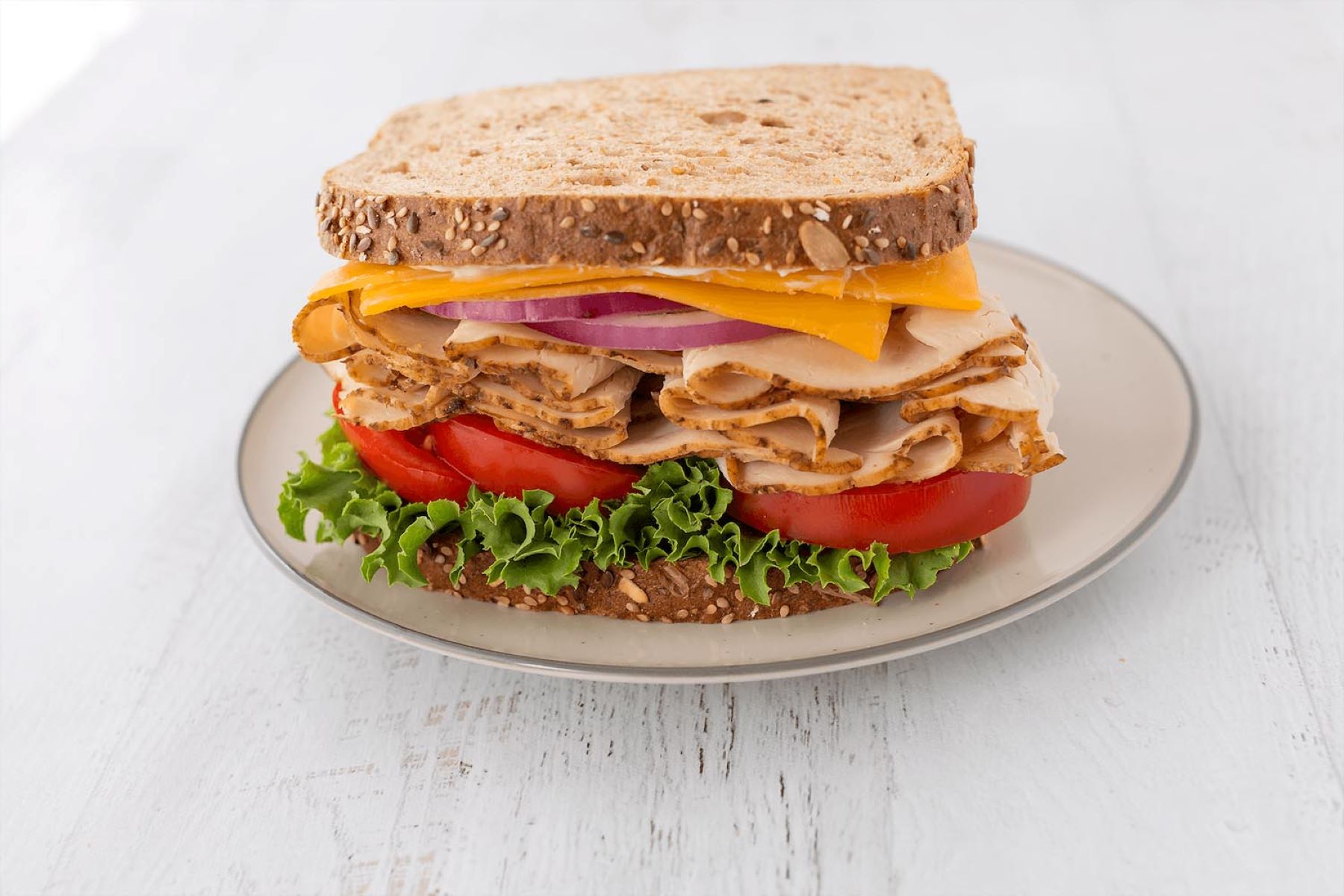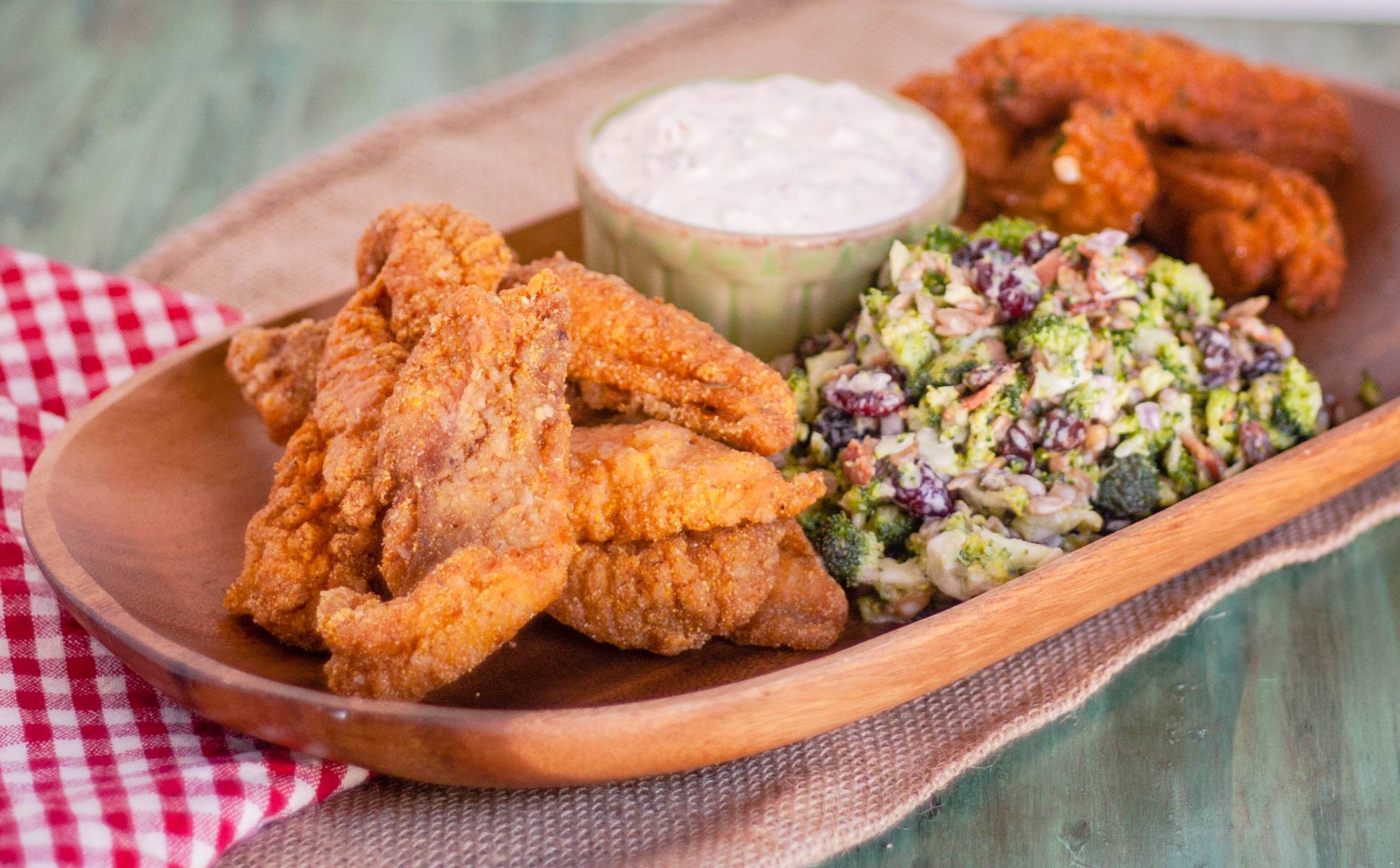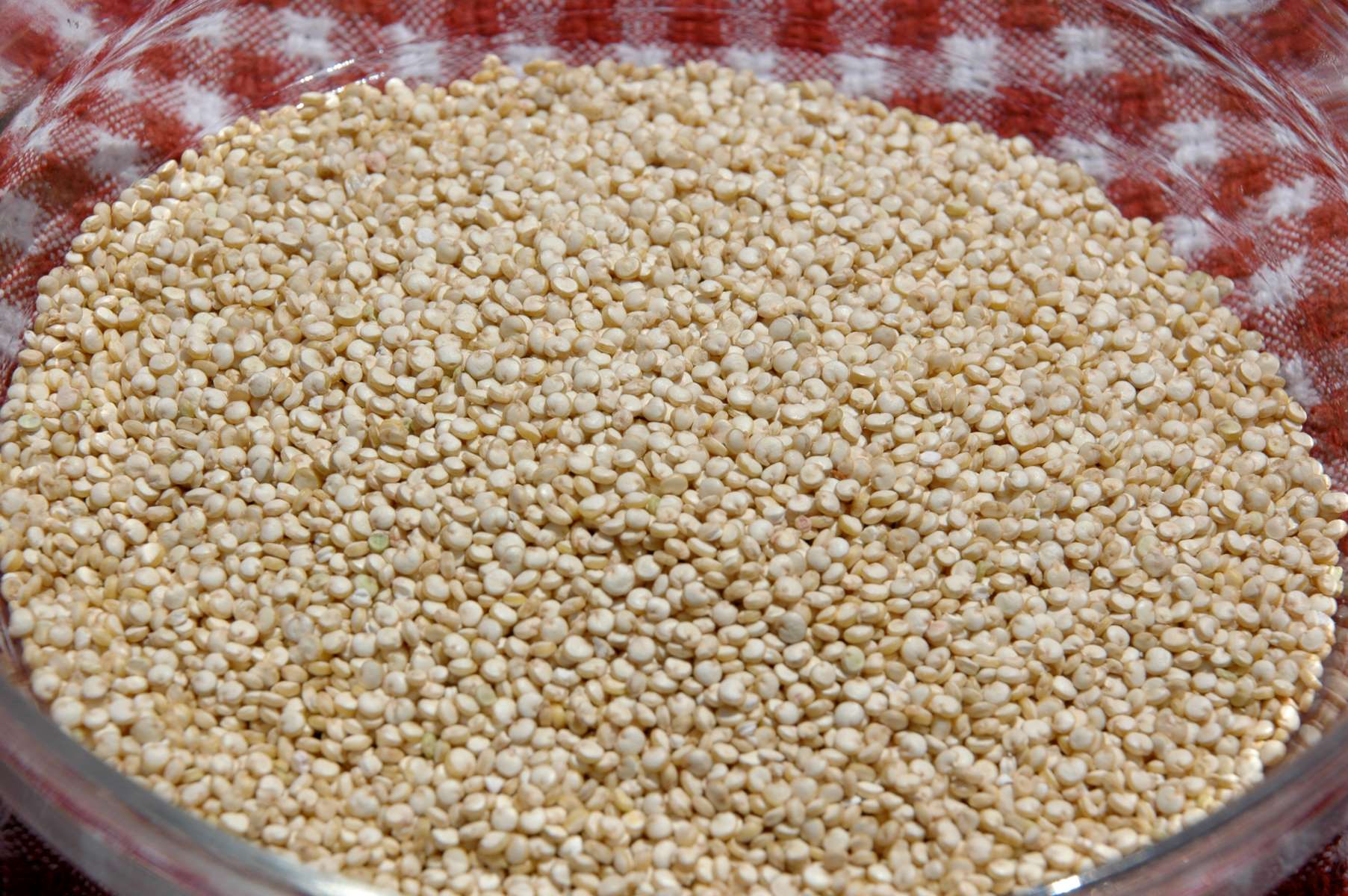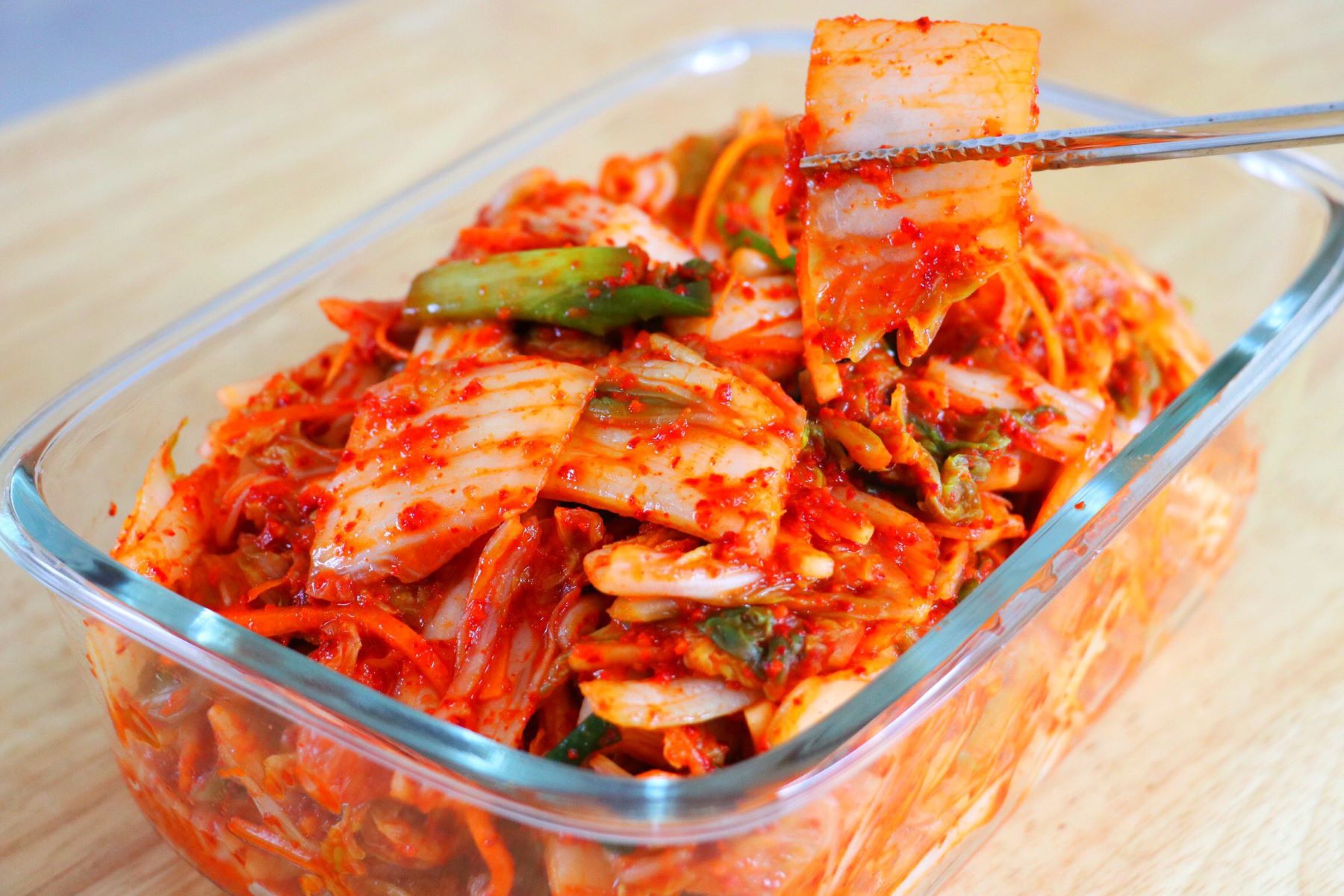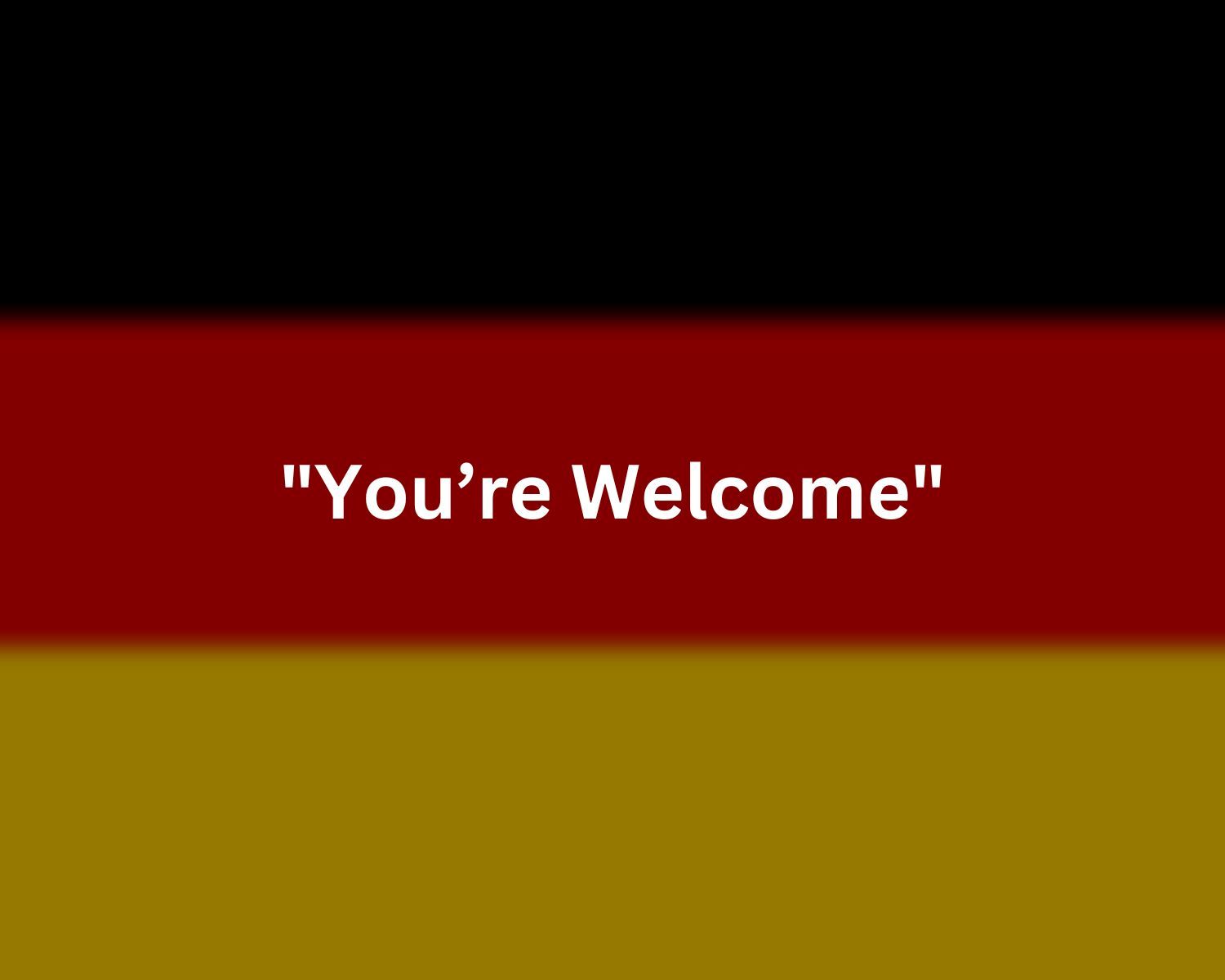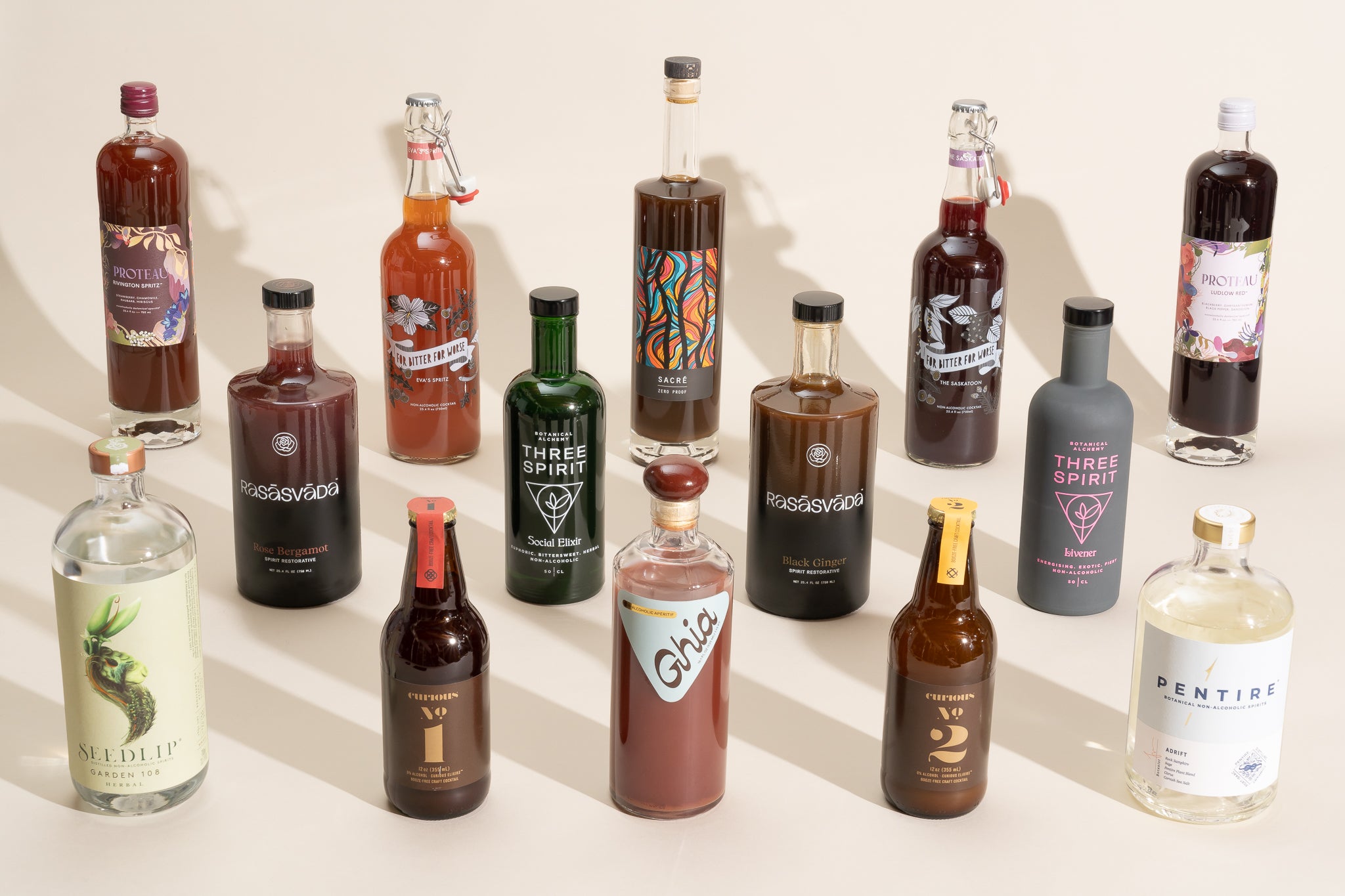Home>Food and Cooking>Delicious Traditional German Easter Dishes You Must Try!
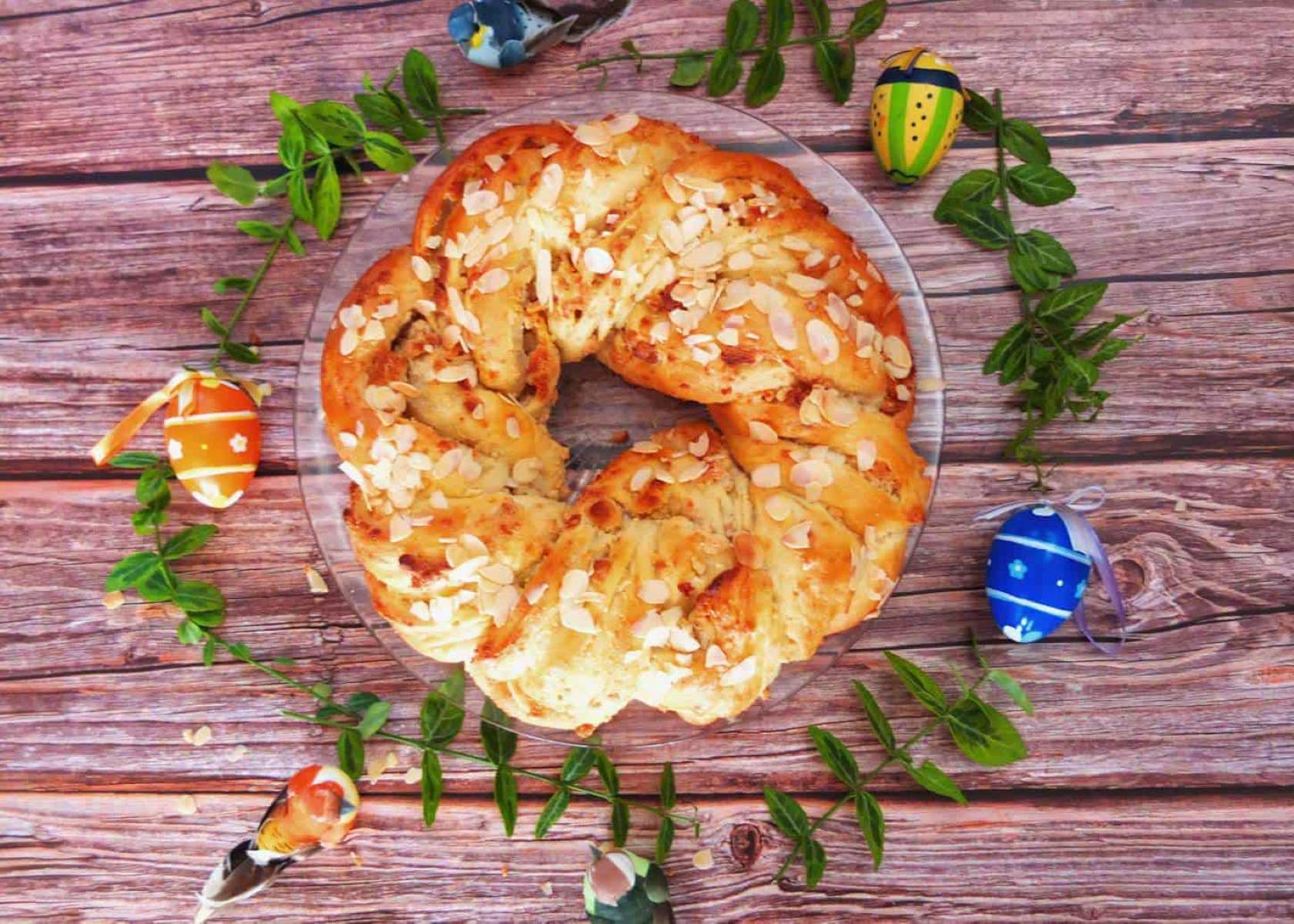

Food and Cooking
Delicious Traditional German Easter Dishes You Must Try!
Published: February 11, 2024
Indulge in the flavors of traditional German Easter dishes with our mouthwatering recipes. Discover the perfect blend of food and cooking for a delightful celebration!
(Many of the links in this article redirect to a specific reviewed product. Your purchase of these products through affiliate links helps to generate commission for Regretless.com, at no extra cost. Learn more)
Table of Contents
Introduction
Easter is a joyous occasion celebrated by people around the world, and one of the most cherished aspects of this holiday is the diverse range of traditional dishes enjoyed during this time. From succulent roasted lamb to intricately decorated Easter eggs, the culinary delights of Easter reflect the rich cultural heritage of each region. In Germany, Easter is a time for families to come together and savor an array of delectable dishes that have been passed down through generations.
In this article, we will take a tantalizing journey through the delightful world of traditional German Easter cuisine. Each dish carries with it a unique blend of flavors, history, and symbolism, making them an integral part of the Easter festivities in Germany. Whether you are a culinary enthusiast eager to explore new flavors or simply curious about the traditions of different cultures, the traditional German Easter dishes are sure to captivate your senses and leave you craving for more.
Let's embark on this culinary adventure as we delve into the enticing flavors and heartwarming traditions that define Easter in Germany. From the succulent Easter lamb to the aromatic Easter bread, each dish holds a special place in the hearts and palates of those who partake in these time-honored culinary traditions. So, prepare to tantalize your taste buds and immerse yourself in the rich tapestry of German Easter cuisine!
Easter Lamb
Easter in Germany is synonymous with the tantalizing aroma of succulent roasted lamb wafting through kitchens and filling homes with warmth and comfort. The tradition of serving lamb during Easter has deep roots in German culinary history and is laden with symbolism. The lamb is a symbol of purity and sacrifice, making it a fitting centerpiece for the Easter feast.
One of the most beloved Easter lamb dishes in Germany is the 'Lammbraten,' a roasted leg of lamb that is meticulously seasoned and slow-roasted to perfection. The tender, juicy meat is infused with a medley of aromatic herbs and spices, creating a symphony of flavors that is nothing short of heavenly. The crispy, golden exterior gives way to tender, melt-in-your-mouth meat that is a testament to the culinary expertise passed down through generations.
Accompanying the luscious roasted lamb, you will often find traditional side dishes such as 'Kartoffelklöße' (potato dumplings) or 'Rotkohl' (red cabbage), adding depth and richness to the meal. The combination of tender lamb and hearty sides creates a harmonious culinary experience that is both comforting and indulgent.
For those seeking a more adventurous culinary experience, 'Lammkeule' (lamb leg) is a popular choice. This dish involves marinating the lamb leg in a flavorful blend of herbs and spices before slow-roasting it to perfection. The result is a succulent, aromatic masterpiece that is sure to leave a lasting impression on your palate.
In addition to its delectable taste, the Easter lamb holds a special place in the hearts of Germans, symbolizing the renewal and hope that Easter brings. As families gather around the table to partake in this time-honored tradition, the aroma of roasted lamb serves as a reminder of the cherished memories and the enduring spirit of togetherness that define the Easter celebration in Germany.
In essence, the Easter lamb is more than just a culinary delight; it is a symbol of tradition, unity, and the joy of coming together to savor the simple pleasures of life. Whether enjoyed in the comfort of one's home or in the welcoming ambiance of a traditional German restaurant, the Easter lamb is a timeless symbol of love, togetherness, and the rich tapestry of German culinary heritage.
Easter Bread
Easter in Germany brings with it a delightful array of traditional treats, and at the heart of this culinary celebration is the beloved Easter bread. This cherished delicacy holds a place of honor on the Easter table, symbolizing not only the joy of the season but also the rich cultural heritage of Germany.
One of the most iconic Easter breads in Germany is the 'Osterbrot,' a rich and aromatic bread that is lovingly prepared to mark the Easter festivities. The Osterbrot is a testament to the artistry and craftsmanship of German bakers, who skillfully blend the finest ingredients to create a masterpiece that tantalizes the senses. Infused with fragrant spices, plump raisins, and a hint of citrus zest, this bread is a harmonious medley of flavors and textures.
The Osterbrot is not only a culinary delight but also a symbol of the renewal and abundance that Easter represents. Its round shape signifies the cyclical nature of life and the eternal hope that accompanies the Easter season. As families gather around the table to partake in this time-honored tradition, the Osterbrot serves as a reminder of the cherished memories and the enduring spirit of togetherness that define the Easter celebration in Germany.
Another beloved Easter bread is the 'Hefezopf,' a braided bread that showcases the artisanal skills of German bakers. The Hefezopf is a true work of art, with its intricate braiding and golden crust that beckons with promises of delectable indulgence. Each braid is a testament to the dedication and expertise of the baker, resulting in a bread that is as visually stunning as it is delicious.
The Hefezopf is often enjoyed as part of a leisurely Easter brunch, accompanied by an assortment of jams, spreads, and creamy cheeses. Its soft, buttery texture and delicate sweetness make it a perfect companion to a steaming cup of coffee or tea, creating a moment of pure indulgence amidst the Easter festivities.
In essence, the Easter breads of Germany are more than just culinary creations; they are a celebration of tradition, unity, and the joy of coming together to savor the simple pleasures of life. Whether enjoyed in the comfort of one's home or in the welcoming ambiance of a traditional German bakery, the Easter breads serve as a timeless symbol of love, togetherness, and the rich tapestry of German culinary heritage.
Easter Eggs
Easter in Germany is synonymous with the vibrant and time-honored tradition of decorating and enjoying Easter eggs. These beautifully adorned eggs are not only a feast for the eyes but also hold deep cultural significance, symbolizing new life, fertility, and the arrival of spring. The tradition of Easter egg decoration has been cherished for centuries, and it continues to be a beloved custom that brings families together in creative expression and joyful celebration.
One of the most iconic aspects of Easter egg decoration in Germany is the meticulous and intricate designs that adorn the eggs. From delicate hand-painted motifs to elaborate wax-resist patterns, each egg is a masterpiece of artistry and craftsmanship. The vibrant colors and intricate details reflect the creativity and skill of the artisans who lovingly create these works of art.
In addition to their visual appeal, Easter eggs in Germany also hold a special place in culinary traditions. The art of egg painting extends beyond decorative purposes, as these eggs are often used in various culinary creations. From adorning Easter breads to being featured in festive Easter cakes, the beautifully decorated eggs add a touch of elegance and symbolism to the culinary delights enjoyed during the Easter season.
Another cherished tradition in Germany is the custom of Easter egg hunts, where children eagerly search for hidden eggs in gardens and parks. This joyful activity not only brings excitement and laughter but also fosters a sense of togetherness and camaraderie among family members. The thrill of discovering intricately decorated eggs nestled among the greenery adds an element of wonder and delight to the Easter festivities.
Furthermore, the act of exchanging Easter eggs is a time-honored gesture of goodwill and affection. Families and friends exchange beautifully decorated eggs as a symbol of love, unity, and the joy of the Easter season. These lovingly crafted eggs serve as tokens of appreciation and are cherished as meaningful mementos that capture the spirit of Easter in Germany.
In essence, Easter eggs in Germany are more than just decorative ornaments; they are a celebration of creativity, tradition, and the joy of coming together to honor the arrival of spring. Whether adorning the Easter table as exquisite decorations or being joyfully discovered during Easter egg hunts, these beautifully decorated eggs are a testament to the enduring spirit of togetherness and the rich cultural heritage of Germany.
Easter Soup
Easter in Germany is a time for cherished culinary traditions, and one dish that holds a special place on the Easter table is the flavorful and comforting Easter soup. This beloved soup, known as 'Ostersuppe,' is a testament to the artistry and craftsmanship of German culinary heritage, offering a delightful blend of flavors and textures that warm the soul and tantalize the palate.
The Ostersuppe is a hearty and nourishing soup that varies in its preparation across different regions of Germany, reflecting the diverse culinary influences and traditions that characterize the country. One popular variation of the Easter soup features a rich, flavorful broth infused with tender spring vegetables such as young carrots, leeks, and fresh herbs. The vibrant colors and delicate flavors of the seasonal vegetables lend a refreshing and rejuvenating quality to the soup, symbolizing the renewal and abundance of the Easter season.
In addition to the tender spring vegetables, the Ostersuppe often includes the addition of delicate meatballs, known as 'Fleischklößchen,' which add a satisfying depth and richness to the soup. The tender, savory meatballs, crafted with a blend of aromatic herbs and spices, infuse the broth with a comforting and wholesome essence, creating a symphony of flavors that is both indulgent and heartwarming.
Another variation of the Ostersuppe features the addition of delicate, pillowy dumplings, known as 'Mehlklöße,' which add a delightful textural contrast to the soup. These airy and tender dumplings, crafted from a blend of flour, eggs, and seasonings, float gracefully in the flavorful broth, offering a truly comforting and satisfying culinary experience.
The Ostersuppe is not only a culinary delight but also a symbol of togetherness and the joy of coming together to savor the simple pleasures of life. As families gather around the table to partake in this time-honored tradition, the aroma of the fragrant soup serves as a reminder of the cherished memories and the enduring spirit of unity that define the Easter celebration in Germany.
In essence, the Ostersuppe is more than just a soup; it is a celebration of tradition, unity, and the joy of coming together to savor the simple pleasures of life. Whether enjoyed in the comfort of one's home or in the welcoming ambiance of a traditional German restaurant, the Ostersuppe serves as a timeless symbol of love, togetherness, and the rich tapestry of German culinary heritage.
Easter Cake
Easter in Germany is a time of joyous celebration, and at the heart of this culinary revelry is the beloved Easter cake. This delectable confection is a centerpiece of the Easter table, embodying the spirit of renewal, abundance, and the rich cultural heritage of Germany.
One of the most iconic Easter cakes in Germany is the 'Osterkuchen,' a delightful creation that showcases the artistry and craftsmanship of German bakers. The Osterkuchen is a true feast for the senses, with its moist, tender crumb and delicate sweetness that captivates the palate. Adorned with a crown of pastel-colored icing and intricate designs, the Osterkuchen is a visual masterpiece that beckons with promises of indulgence and delight.
The Osterkuchen is often infused with a symphony of flavors, including aromatic spices, plump dried fruits, and a hint of citrus zest, creating a harmonious blend of textures and tastes that evoke the essence of spring. Each bite of this luscious cake is a celebration of the season, with its vibrant flavors and tender crumb offering a moment of pure indulgence amidst the Easter festivities.
Another beloved Easter cake is the 'Eierlikörkuchen,' a decadent creation that features the rich, velvety notes of Eierlikör, a traditional German egg liqueur. The Eierlikörkuchen is a testament to the creativity and innovation of German bakers, who skillfully infuse this delightful liqueur into the cake, creating a symphony of flavors that is both luxurious and comforting.
The Eierlikörkuchen is often adorned with a luscious glaze or a dusting of powdered sugar, adding an element of elegance and sophistication to this indulgent creation. Each slice of this exquisite cake offers a moment of pure bliss, with its rich, creamy texture and delicate sweetness that lingers on the palate, creating a truly unforgettable culinary experience.
In essence, the Easter cakes of Germany are more than just culinary creations; they are a celebration of tradition, unity, and the joy of coming together to savor the simple pleasures of life. Whether enjoyed in the comfort of one's home or in the welcoming ambiance of a traditional German bakery, the Easter cakes serve as a timeless symbol of love, togetherness, and the rich tapestry of German culinary heritage.

